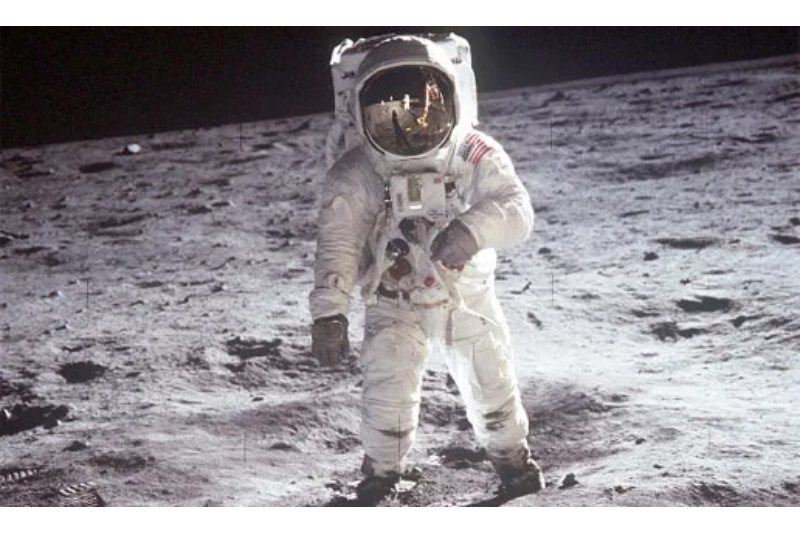NASA is Directed by the White House to Establish a New Time Zone on the Moon

As part of the US’s larger objective to create international standards in space, the White House has given NASA the mission of establishing a new time zone for the moon by the end of 2026.
The decision to establish a lunar time zone coincides with the growing global interest in humans establishing a permanent presence on the moon in the near future, which is NASA’s top priority for the Artemis program.
The White House Office of Science and Technology Policy (OSTP) statement dated April 2 states that the new lunar standard, known as “Coordinated Lunar Time (LTC),” is a component of a larger initiative to “establish time standards at and around celestial bodies other than Earth.” Whether the moon would experience numerous time zones, similar to Earth, was not immediately obvious.
“U.S. leadership in defining a suitable standard — one that achieves the accuracy and resilience required for operating in the challenging lunar environment — will benefit all spacefaring nations,” the document read.
Time flows 58.7 microseconds quicker every day on the moon than it does on Earth due to the absence of gravity. Even while the change would be negligible, it would complicate a number of challenges for mission management, including tracking satellite and crew positions precisely and communication among the more many future missions.
“As NASA, private companies and space agencies around the world launch missions to the moon, Mars and beyond, it’s important that we establish celestial time standards for safety and accuracy,” Steve Welby, the OSTP deputy director for national security, said in a statement.
Numerous atomic clocks are positioned all across the planet to measure time here on Earth. Lunar timekeeping might make use of a comparable collection of atomic clocks on the moon.
“An atomic clock on the moon will tick at a different rate than a clock on Earth,” Kevin Coggins, manager of NASA’s Space Communications and Navigation Program, told the Guardian. “It makes sense that when you go to another body, like the moon or Mars, that each one gets its own heartbeat.”
Space organizations maintain time in space in a few distinct methods. Coordinated Universal Time (UTC) is observed by astronauts on board the International Space Station, which is located in low Earth orbit. NASA employs “Spacecraft Event Time” for spacecraft that are not part of its own to record important mission events such as engine burns or science observations.
To establish LTC on the moon, the space agency told NPR that “subject matter experts throughout the international community are discussing an approach to provide recommendations to the International Astronomical Union for lunar reference frame and time systems.”
As of right now, NASA’s Artemis program intends to land men on the moon by September 2026, which is three months before the LTC deadline. Prior to now, China had stated that India would launch a crewed lunar mission by 2040 and China by the end of this decade.